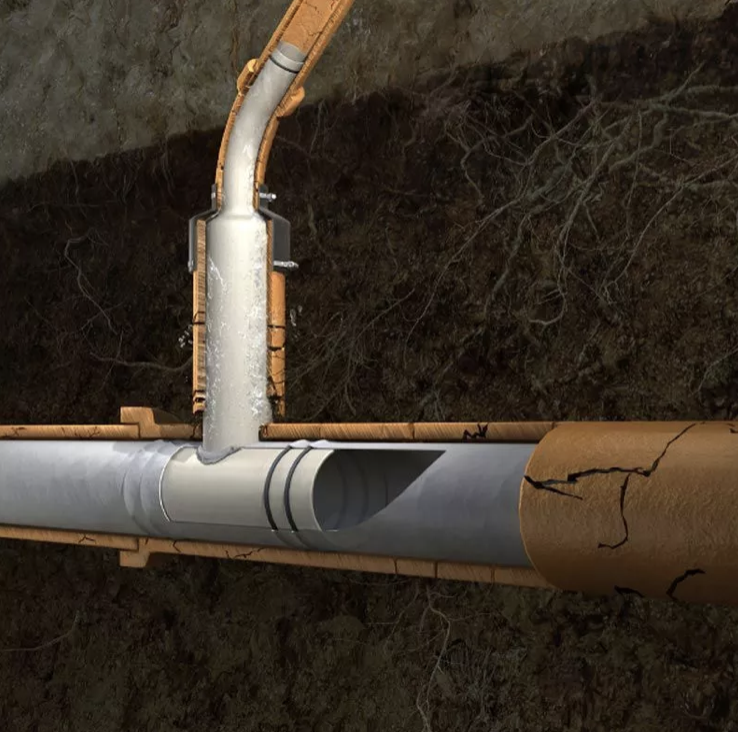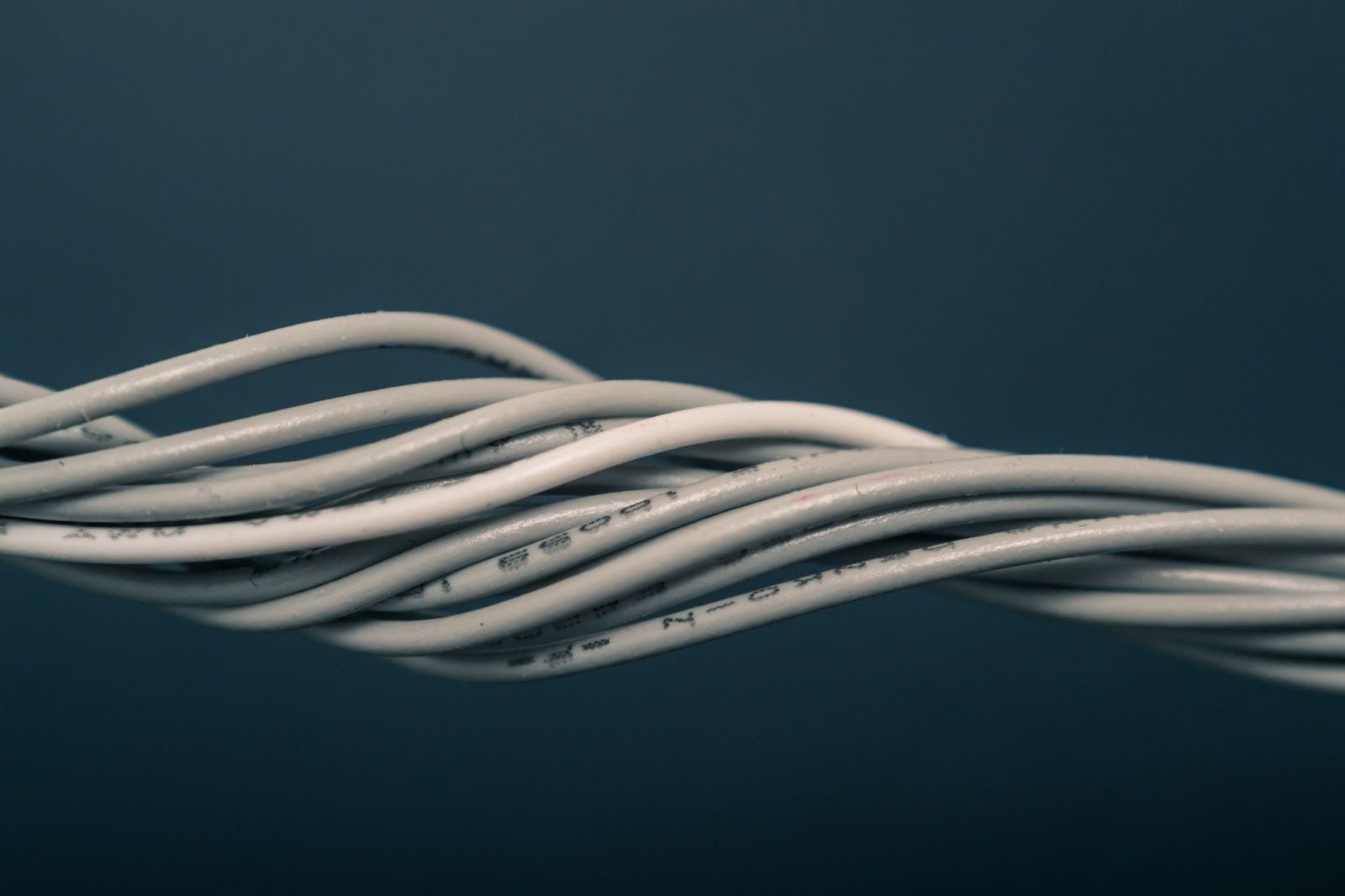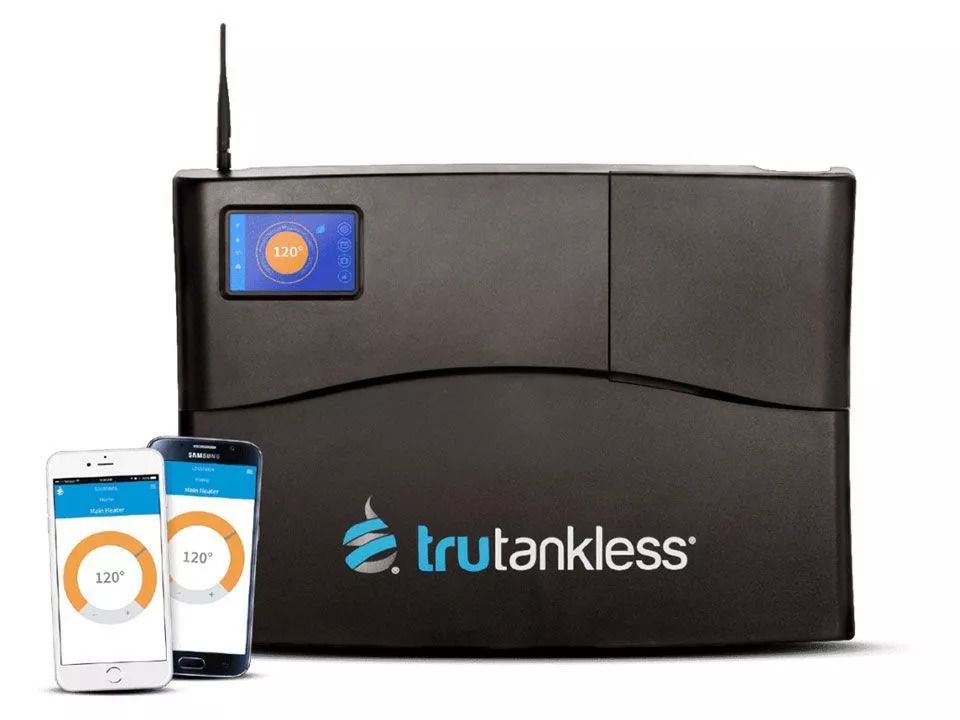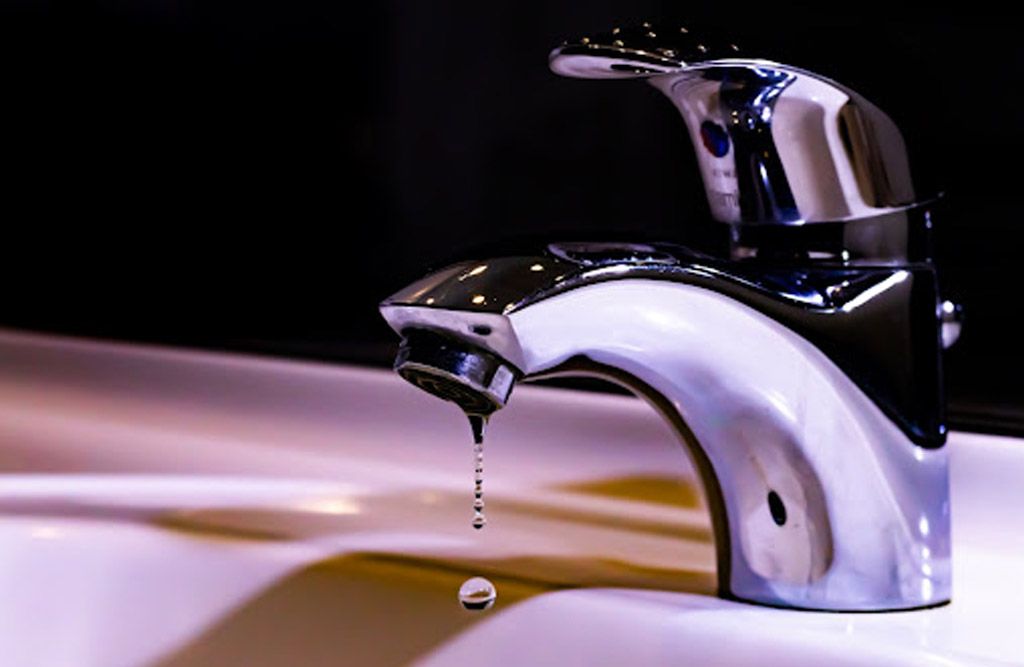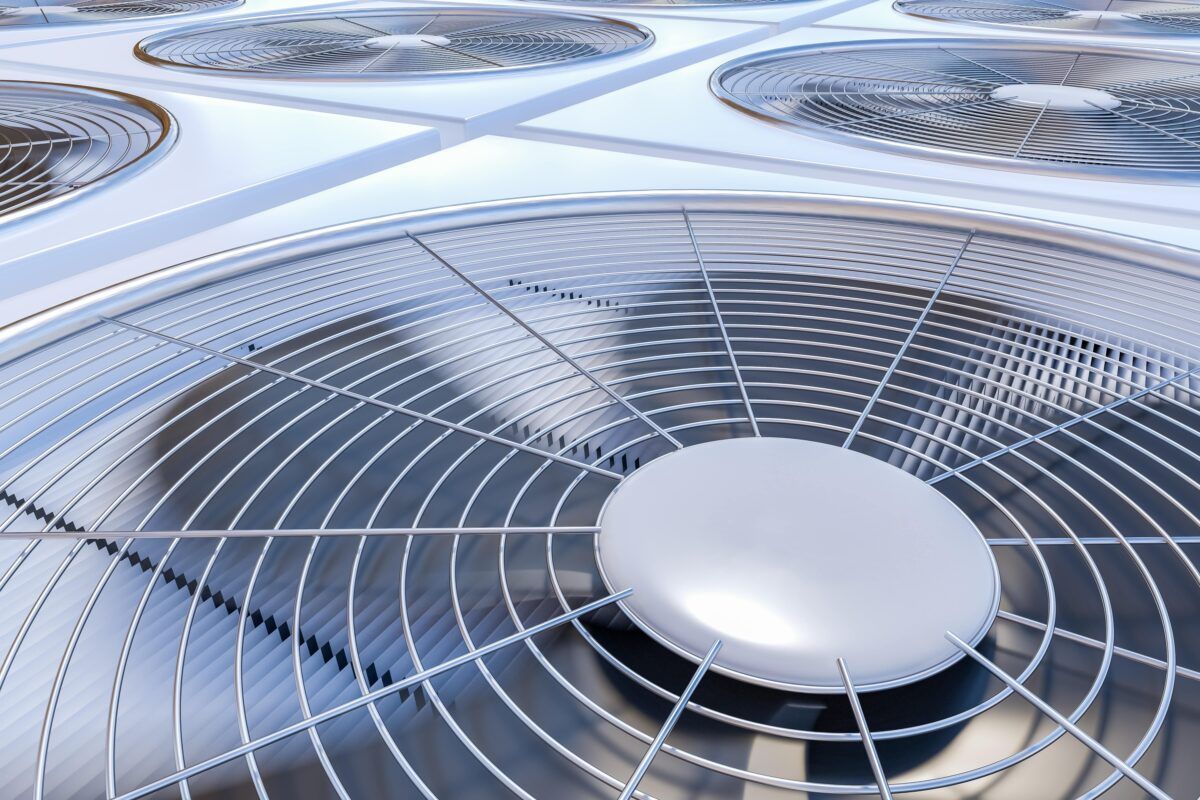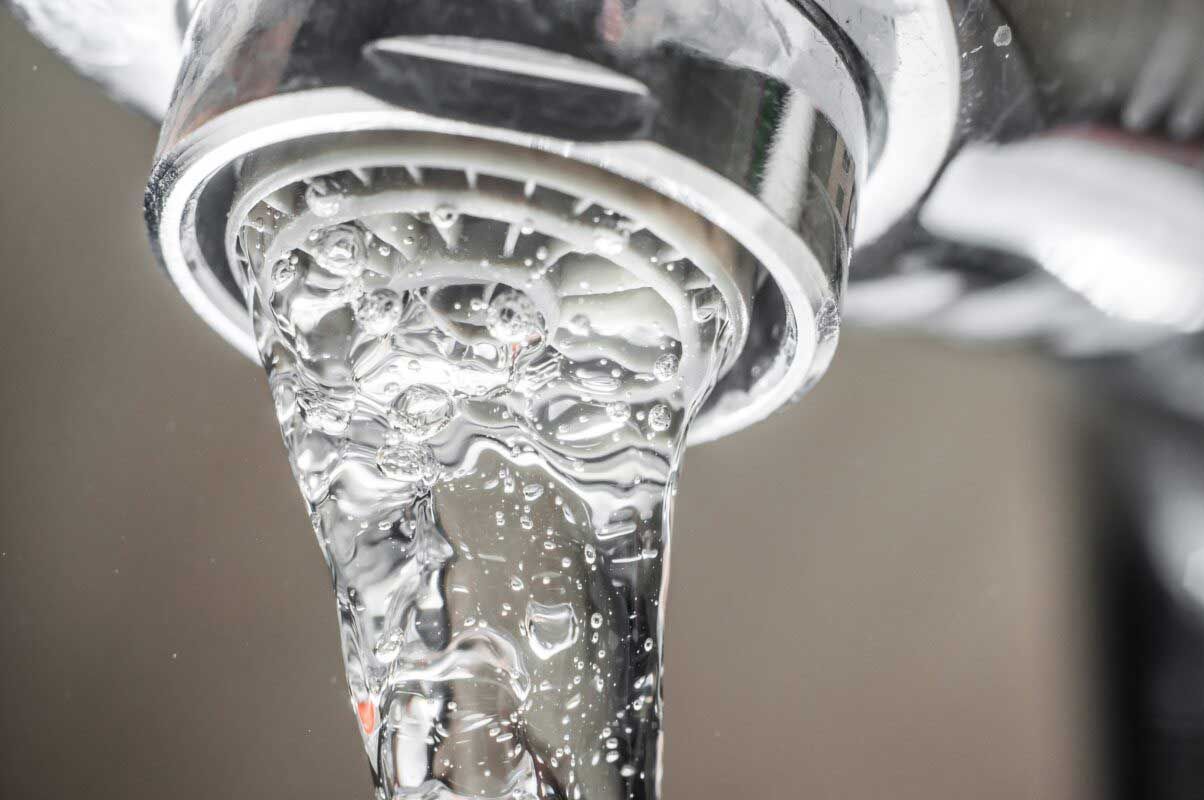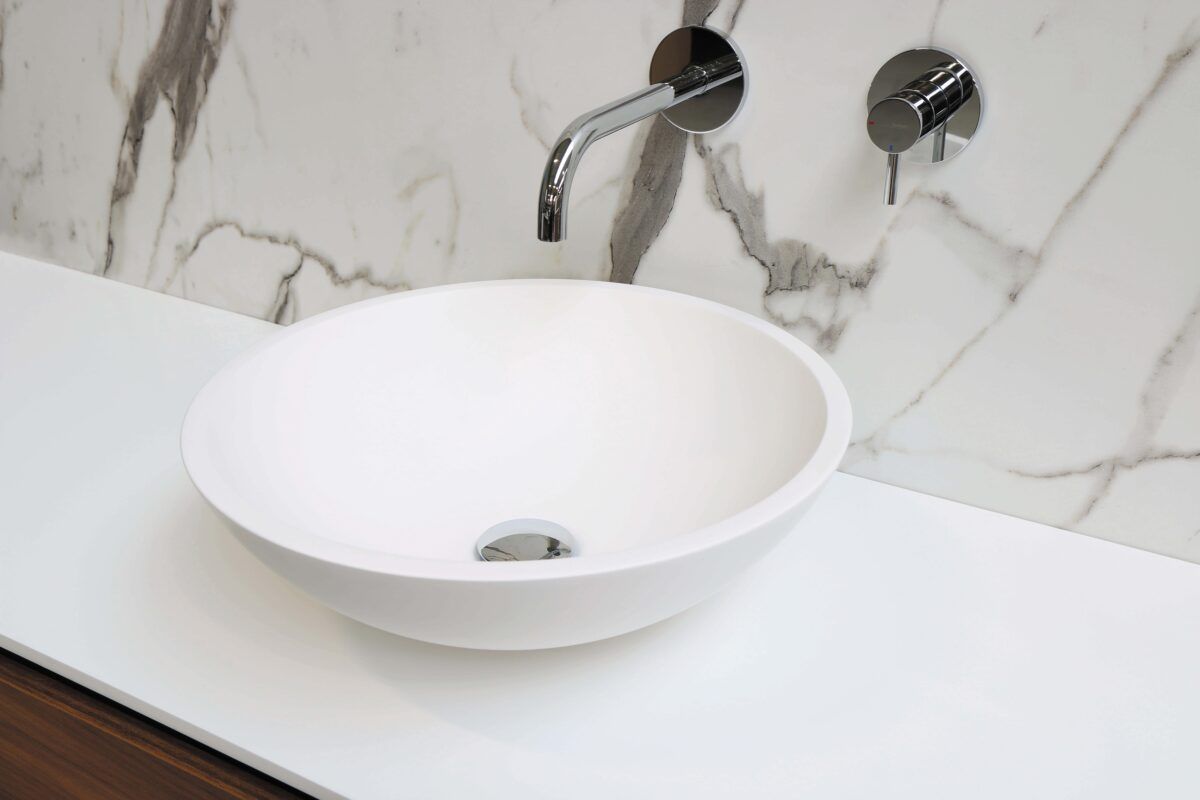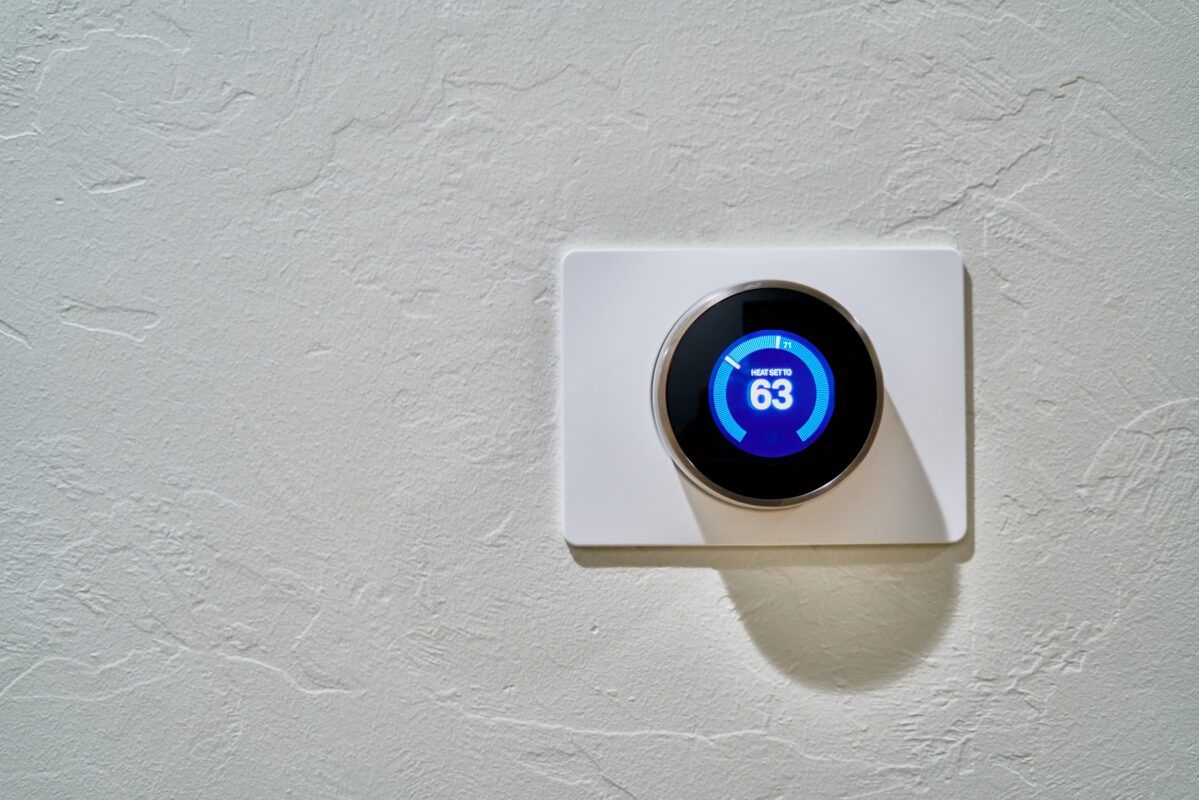Fight Against Pollen: The Benefits of an Air Filtration System in Your Home
Spring time in the desert is here! And with that, comes seasonal allergies due to the plants in bloom, dust and other allergens during this time of year.
If you suffer from allergies or asthma, you may experience worsened symptoms this season, even when you’re indoors or in your home. This is because dust, dirt, and other airborne particles can aggravate these conditions and make breathing more difficult.
If you want to improve the indoor air quality throughout your entire home, a whole house air filter or purification system can clean the air as it passes through your home’s HVAC system, such as an Air Scrubber or Reme Halo systems.
Allergens and Air Quality in Tucson AZ
Throughout the entire year, the desert can host many problem for those that suffer from allergies or other health conditions such as asthma. However, spring brings it own challenges as plants are in full bloom during the change of seasons.
You may notice frequent sneezing, runny or stuffy nose, itchy or watery eyes, postnasal drip or other common symptoms this spring. Common seasonal allergies can be due to plants found in Southern Arizona such as:
- Ragweed
- Palo Verde Trees
- Mesauite Trees
- Tumbleweeds
- Seasonal Flowers
- Bermuda grass
- Mesquite trees
- Mulberry trees
- Olive trees
In Tucson, other common allergens such as dust, air pollution, and mold can wreak havoc on your body all year round. You won’t be able to escape pollen, dust and dander even indoors as these will circulate in the HVAC system in your home.
Heating and cooling experts recommend an air purifier to improve the performance of your HVAC system and to take indoor air quality to the next level. It’s important to protect your home from harmful airborne allergens and contaminants that can potentially risk the health of you and your family.
Air Purifiers Can Help Reduce Allergy Symptoms
You may or not be aware of how much dust particles can be stuck in your home, especially if there are pets that live in your home. An Air Purifier System for your house is undoubtedly worth the investment for anyone wanting to improve the air quality of their home, especially those with allergies, asthma and other respiratory conditions.
Air Filtration Systems help to reduce symptoms by removing antagonistic air pollutants from circulating through your home. This can result in less frequent and less intense allergy and/or asthma attacks. Having an air purifier system will also reduce lingering odors, such as pet odor or cigarette odor.
Unlike portable units that are limited to the room in which they are placed, Aureus Air Scrubbers and Reme Halo Systems will provide whole home and building purification!
How Do Home Air Scrubbers and Air Purifier Systems Work?
In-Duct Air Purifiers and Air Scrubbers are designed to clean airborne particles by filtering the circulating air and remove particles from the air and surrounding surfaces. Your unit will provide up to 25,000 hours, or over two years of fresh, clean, purified air.
An In-Duct Home Air Filtration System recreates nature’s air purifying process by using ultraviolet light to create ionized hydro-peroxides molecules which break down containments so they do not circulate into your home.
Once you have an Air Purifier System installed in your home, the technology immediately goes to work removing odors, dangerous airborne contaminants, vapors, and more. The air in your home will be cleaner, fresher, and purified – all by one reliable system.
These systems are easily integrated into your existing HVAC system and will not take aware living space. Air Purifying Systems operate quietly and you can rest assured that they’re doing a thorough job cleaning the air that circualates your home.
Aerus Air Scrubbers and Reme Halo Air Purification Benefits
Both of these Air Purifying Systems will reduce airborne particulates (dust, dander, pollen, mold spores) and will kill up to 99% Bacteria, lessening you and your family’s risk of getting sick and or allergic reactions.
Most people know that these systems will clean your air, but many don’t know that it also cleans the surfaces in your home such as furniture, countertops, doorknobs, and virtually every other surface in your home. This makes your entire home safer to live in – especially when it comes to germs and bacteria.
Another benefit of an Air Purification System is that it will extend the lifetime of your HVAC System. It traps dirt, dust and other natural debris and protects the coils and blower in your HVAC from getting damaged. A well-protected system can save you time and money on repairs!
Tucson’s #1 Air Filtration Installation Services
Cummings Plumbing, Heating & cooling is offering state-of-the-art Reme Halo or Aerus Air Scrubber installation services! Nothing is better than knowing your family’s health is better protected by installing an Air Purifying System in to your home.
Our team of experts has over 36 years of experience and are backed by over 1,500 Five Star Reviews Locally from neighbors, friends and family! You will rest assured that your home is as clean as possible, drastically reduced exposure to the dust and pollen found in Tucson, especially during spring and summer!
If you’re looking to make your home air quality better overall, call Cummings Plumbing to setup a free estimate for an Air Purifcation System Insallation! You no longer have to have stuffy indoor air or worry about season allergies! Contact us today for more information.


